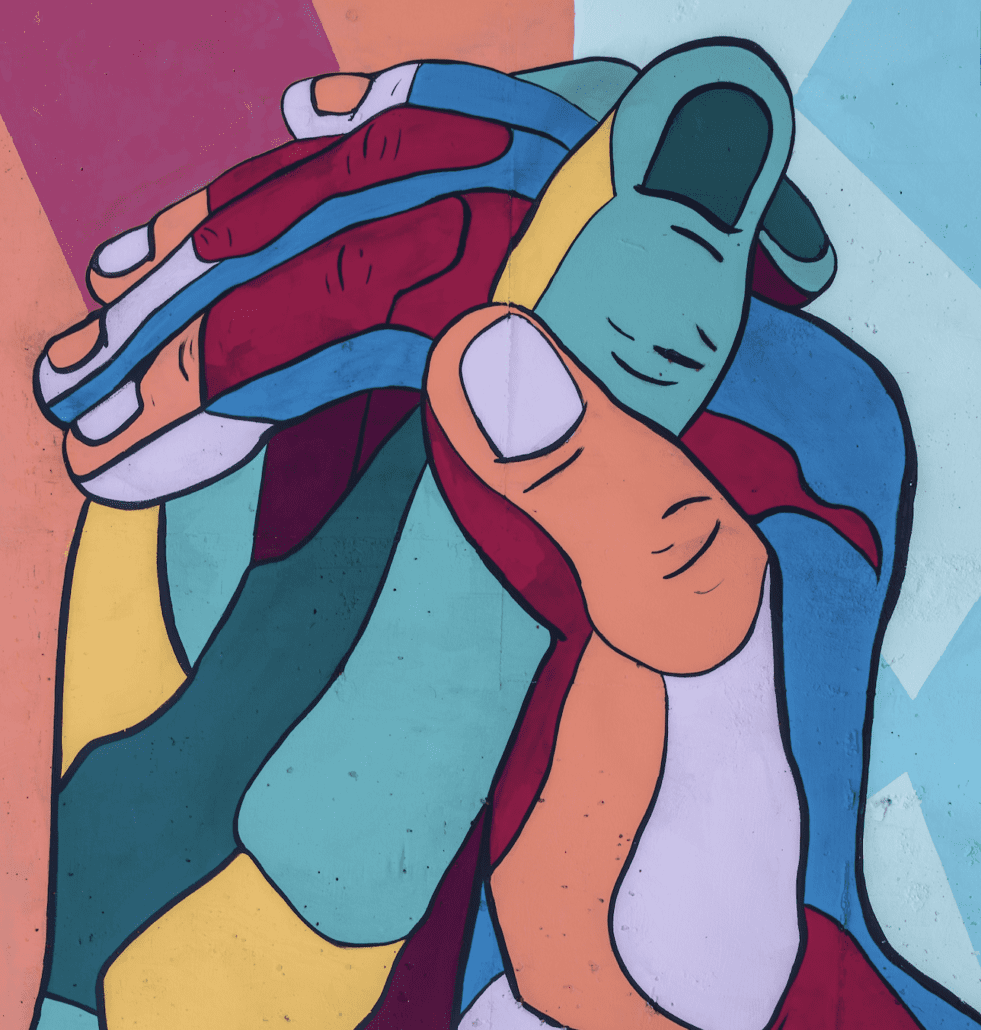
MPI, PCMA and ASAE are taking diversity, equity and inclusion seriously — and have a plethora of resources meeting professionals can take advantage of in drafting and implementing DEI initiatives of their own.
More than a year after the death of George Floyd at the hands of police spurred a national reckoning on racial inequality in the U.S., meeting industry associations continue to add to the resources available to meeting professionals who want to ensure their meetings, and their organizations, are doing all they can to ensure their events are inclusive and equitable to all who want to participate. Prevue examined the latest offerings from Meeting Professionals International (MPI), the Professional Convention Management Association (PCMA) and the American Society for Association Professionals (ASAE) to gather the latest intel on their DEI initiatives and resources available for meeting planners.
PCMA’s Ascent Initiative
PCMA’s Ascent initiative was launched to promote diversity, equity and inclusion across the business events industry. The initiative is designed to help empower who have found that their gender, sexual orientation, race, ethnicity or disabilities have created unfair barriers to success in the meetings and events industry, as well as to provide best practices for inclusive workspaces and events — and the business case for making those events and workplaces inclusive of all. According to the website, “We believe that greater inclusion across the industry will foster new voices to strengthen our leadership, our businesses, and our world. By working together toward inclusion and diversity within our workplaces and at the events we produce, we will enact meaningful social change.”
Among the resources PCMA offers are on-demand educational sessions and webinars, such as How to Enact Change in Your Organization; Prioritizing Inclusion at Your Events; and In Need of a Change: Understanding Perspectives to Lead.
There also are several articles on the topic, such as 4 Fallacies Supporting the Argument That It’s Hard to Find Qualified Diverse Candidates and Janet Stovall on Getting Serious About Diversity and Inclusion.
MPI Devotes Resources to DEI and Social Justice
At a press conference during MPI’s recent World Education Congress at CAESARS FORUM in Las Vegas, MPI’s leaders emphasized the association’s continuing dedication to its diversity, equity and inclusion initiatives. “For those suffering from systematic inequalities, devotion to and advocacy for equity and inclusion has long been a high priority for MPI since its inception, and included among its core organizational principles,” they said in a statement.
“MPI will maintain its focus on diversity, equity and inclusion through support and actions that offer awareness and resources towards putting an end to systematic racism, specifically among the events community. From devoted education to action-oriented tools and a website with curated content, all championed by MPI’s Diversity, Equity and Inclusion Committee, the association will offer ongoing guidance to help elevate and promote equality.”
At WEC Vegas, related programming included a main stage “Champions for Change” panel featuring some of the industry’s DEI leaders, as well as several in-person and digital concurrent sessions and an in-person networking meet-up. MPI’s Diversity and Inclusion Advisory Committee also is hard at work bolstering the resources MPI has available for planners who want to learn more about equity and social justice, including a growing list of online testimonials, MPI’s statements on Racial Injustice and Racial Injustice Against Asian Community, and links to a series of movies, documentaries and web videos, articles and books to read on the topic
ASAE’s D+I Strategy
ASAE also provides many resources through its Diversity+Inclusion website, which is designed to help associations stay relevant to today’s shifting demographic environment. The tools and resources it provides are designed to help association human resources and membership professionals, as well as volunteer teams, attract and retain diverse talent pools, and to help marketing departments better understand how to craft messages that resonate with different demographic markets. As ASAE states on the website, “For ASAE and many other associations, D+I is both a business principle and practice.”
Among the resources it offers are the ASAE D+I Statement, drafted by the ASAE board of directors in 2018, its 2019-2021 D+I Strategic Plan and policies including its Meetings Accessibility Policy, Religious and Non-religious Holiday Observances, Board Diversity Policy and Volunteer Model, and its Diversity and Inclusion Advocacy and Policy Influencing Model.
It also offers something unique: ASAE’s Association Inclusion Index, an online diagnostic tool for 501(c)(6) and 501(c)(3) membership organizations seeking to measure and improve the management of their current D+I policies and practices.
You Might Also Be Interested In










